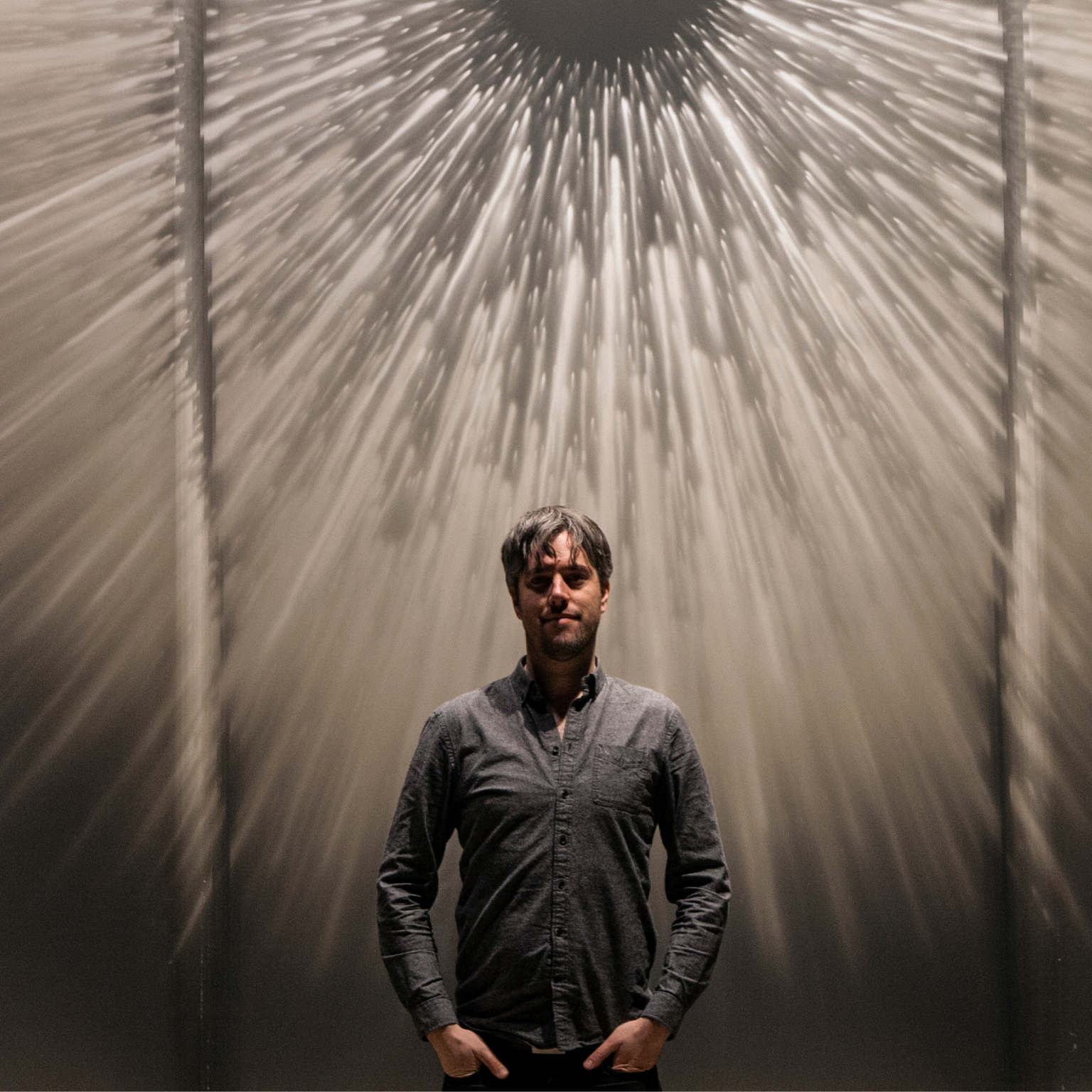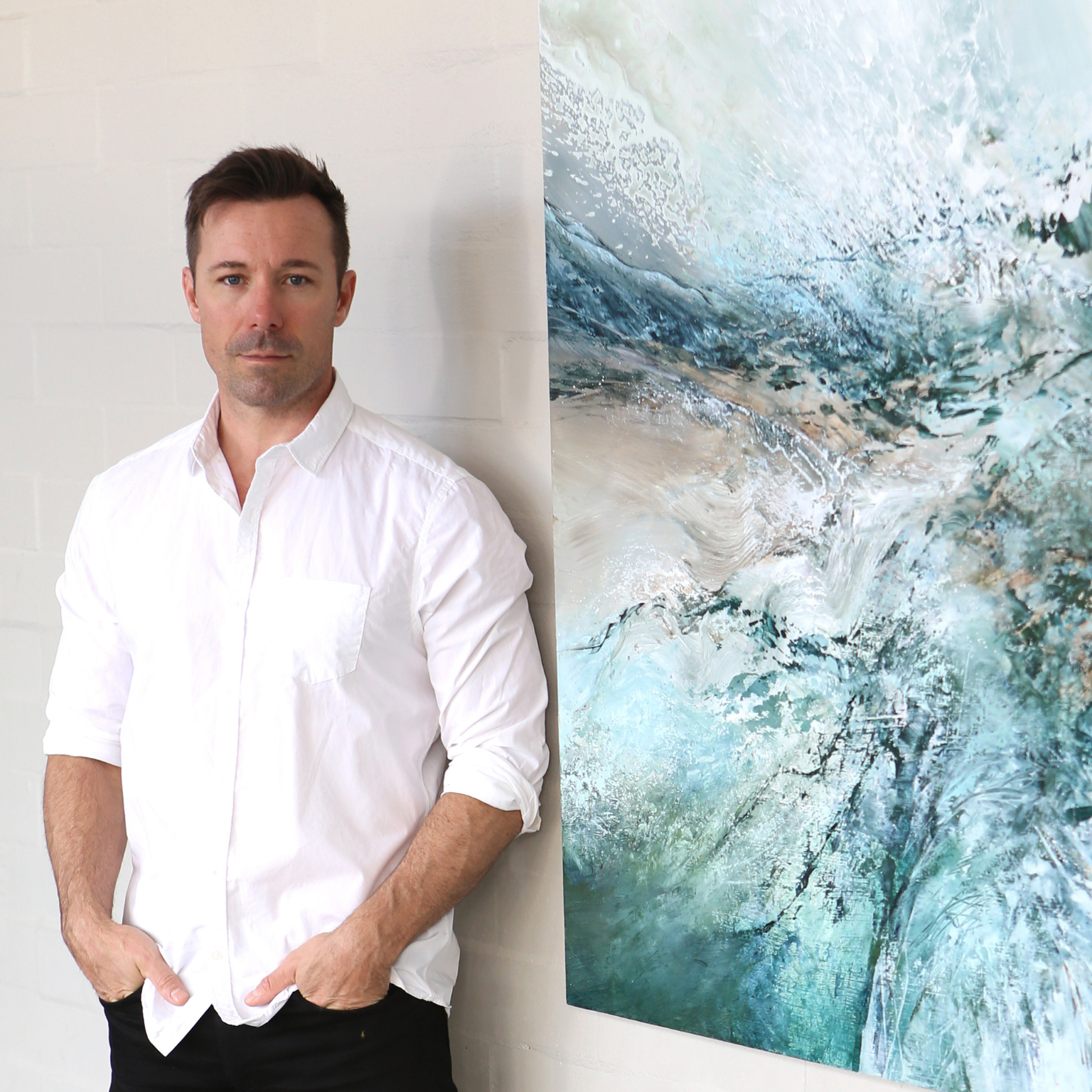Alejandro Durán, environmental artist from Mexico. Photo © Courtesy of the artist
This interview aligns with the ‘Nature and Culture’ Program initiated by the Culture For Causes Network. Within this framework, an exhibition titled ‘Reconciliation with the Living’ was exhibited in Paris at UNESCO HQ, focusing on the theme of harmonizing humanity with itself and the natural world; the exhibition travelled to Florence and Lisbon as well. Additionally, MuseumWeek 2023 featured numerous hashtags related to environmental topics, and a video series titled ‘Nature and Art’, a collaborative effort between UNESCO and the Solomon R. Guggenheim Museum, was also showcased as part of this initiative. In 2024, more actions are expected to take place, including MuseumWeek 2024.
Alejandro Durán (Mexico City, 1974) is a Mexican-American artist known for his work on the environment and the issue of plastic waste in the ocean. Durán is particularly famous for the Washed Up art project: he collects plastic waste from beaches and turns it into art installations. These visual artworks aim to raise public awareness of the problem of marine pollution and the growing amount of plastic in our oceans.
The works from Washed Up have been exhibited in several galleries and art spaces worldwide, helping to raise public awareness of the importance of environmental conservation and the need to address the problem of plastic waste.
For his work, Durán earned an MA in Teaching from Tufts University and an MFA in poetry from the New School for Social Research, and, as an educator, the artist teaches photography and video courses. During his career, Durán has received several awards such as the Creative Capital Award 2019 and the Social Impact Award of Art With Me Tulum.
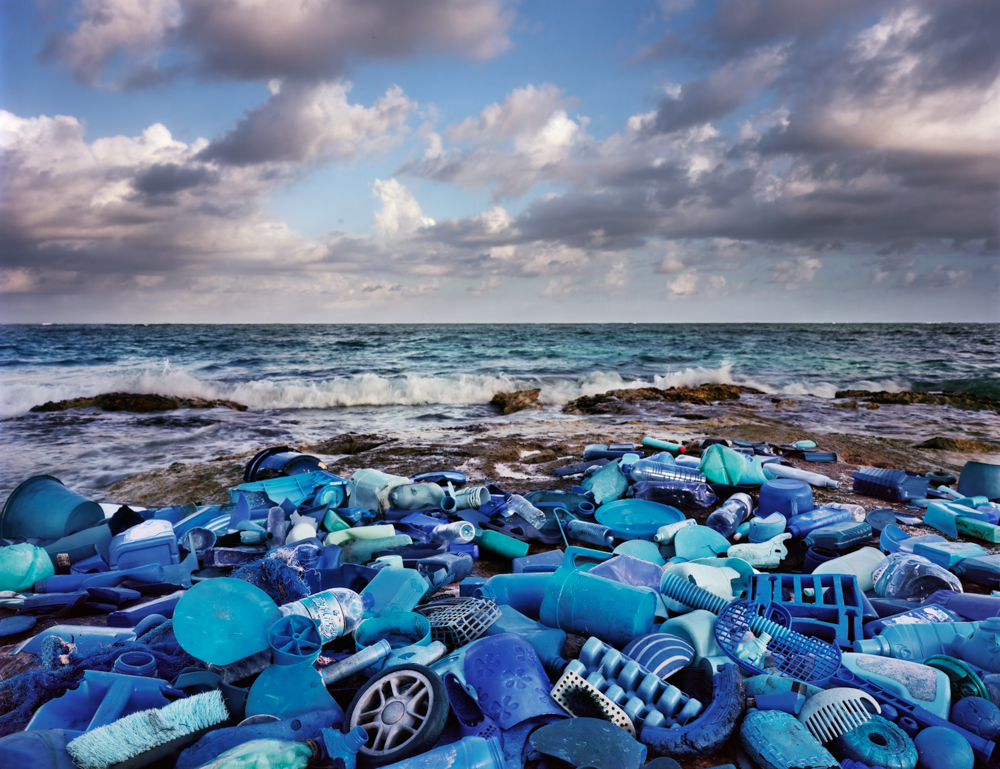
In this interview for MuseumWeek magazine, the artist and entrepreneur talks about himself starting from his first work of art which he distinctly remembers: “It was a painting of a crooked flower, probably when he was in first grade. My grandmother had it loved it and had it framed, which is why it is considered my first work of art”.
Let’s begin!
With your technique, you have found a balance between nature and pollution, how did the idea of denouncing the environmental emergency through art come about?
The concept for this project didn’t stem from preconceived notions; rather, it emerged as a direct response to witnessing the situation in Sian Ka’an firsthand. When I visited this stunning coastline in Mexico, I was not prepared for it to resemble a garbage dump.
Despite my initial disgust, I chose to create something meaningful from this material, portraying the extensive infiltration of synthetic plastic into the natural environment.
Before creating your work, do you carry out a preparation process before using the materials you find?
My preparation process for this project has involved familiarizing myself with the stretch of coastline between Tulum and Punta Allen and actively seeking magical locations for the installations created from the world’s plastic waste.

So, what are the production times for a work?
It’s challenging to determine the exact time it takes to make one of my installations. The physical construction of an installation may take a day or two, but the process of collecting the plastic material has spanned years.
Analyzing natural light to identify the optimal time of day and ideal weather conditions is another crucial step in the creation process. Post-production and printing contribute additional days to the overall timeline. At this point, I’ve lost track of the actual time required for a work to come to fruition.
This is all part of a process that demands significant dedication. While my perfectionism can sometimes feel burdensome, it also defines my creative process. Although it may consume time, the satisfaction of creating an image that I can gaze at endlessly makes it all worthwhile.
Speaking of COP28, global emergencies are increasingly urgent, do you think international politics is doing its best to find the right path towards sustainability?
It seems to me that the profit motive is one of the main motivations for political leaders and many of the attendees at COP gatherings. From my understanding, this year’s COP gathering had a record number of fossil fuel industry lobbyists.
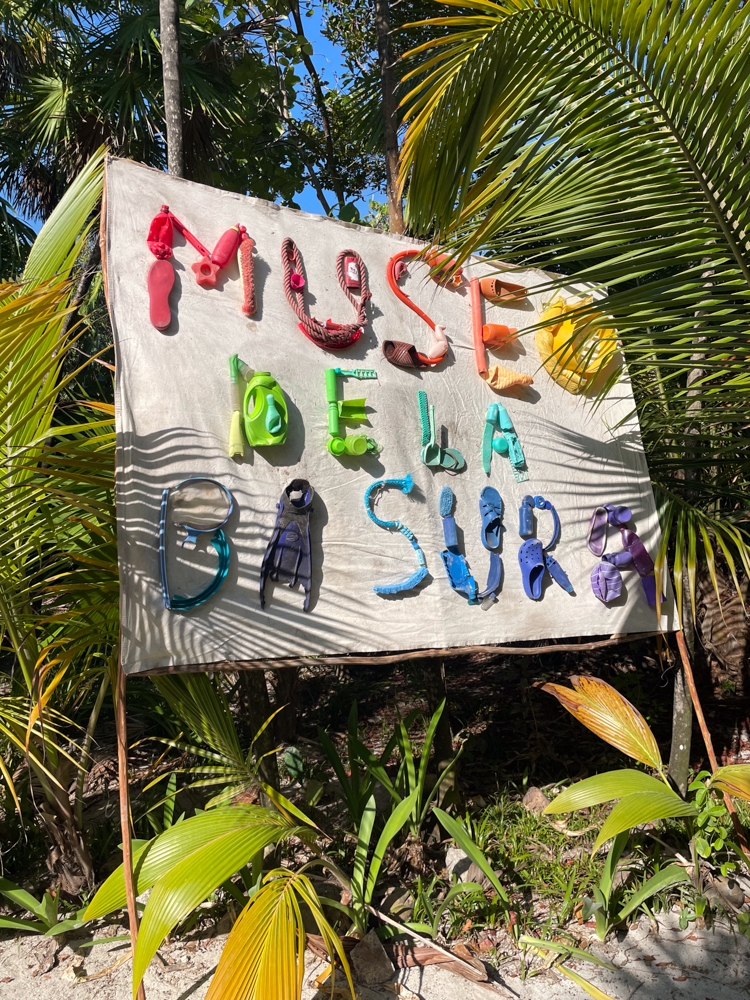
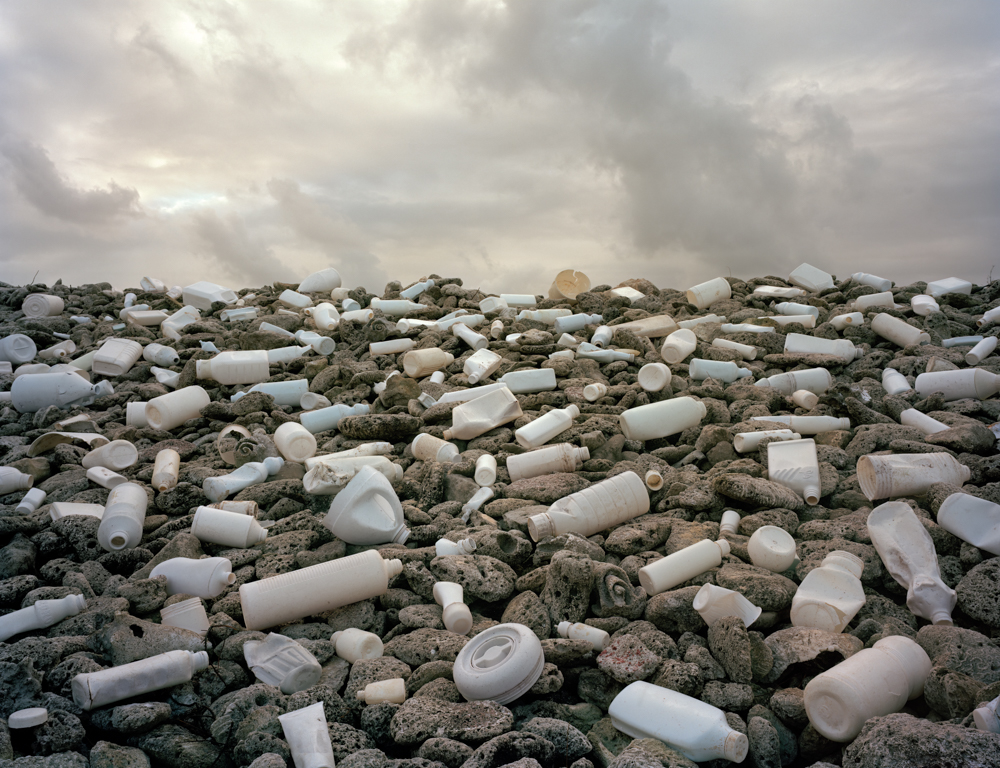
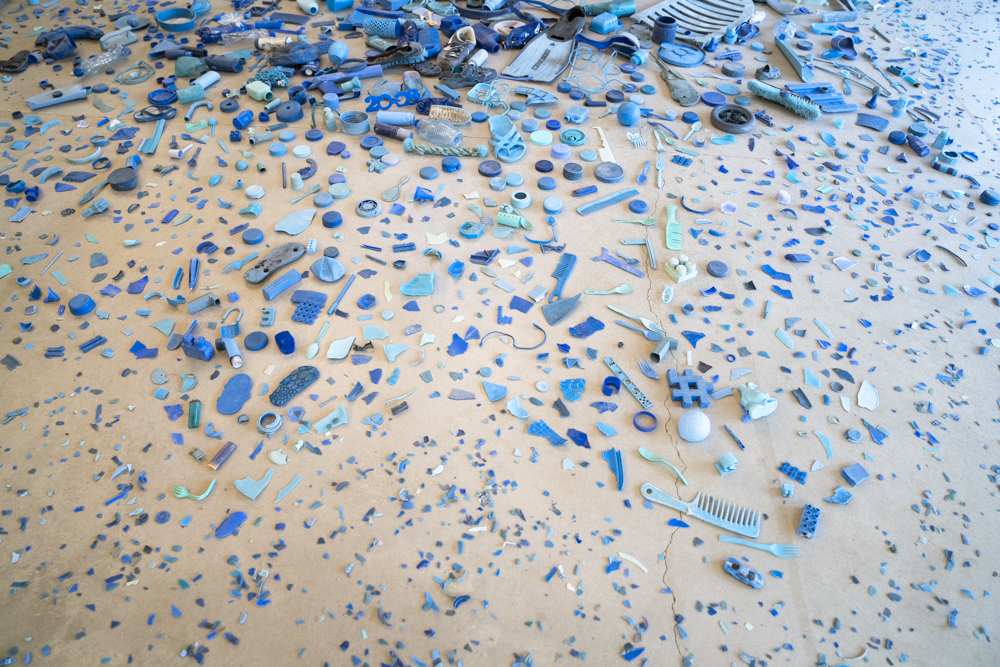
© Alejandro Durán
However, protecting our environment will not necessarily be profitable. If we do not find climate solutions as soon as possible, then the cost to our health and that of our planet will have humanity paying for generations to come.
Can you tell us about the Museo de la Basura project?
The Museo de la Basura, or Museum of Garbage, is an ephemeral space and an evolving concept designed to challenge prevailing notions of what a museum should be. It serves as a haven for that which many perceive as utterly devoid of value: garbage.
I utilize this ostensibly worthless material to encourage communities to become stewards of our planet by exhibiting artworks crafted from ocean trash. Additionally, we actively involve the local community in beach cleanups and community-based art activities, fostering inspiration for a new generation of climate leaders.
What are your future projects?
In my upcoming phase of work, I plan to delve into the realm of microplastics. Research indicates that we carry these microplastics, along with even smaller nanoplastics, in our bloodstreams. However, a substantial knowledge gap still exists regarding how these particles affect our health.
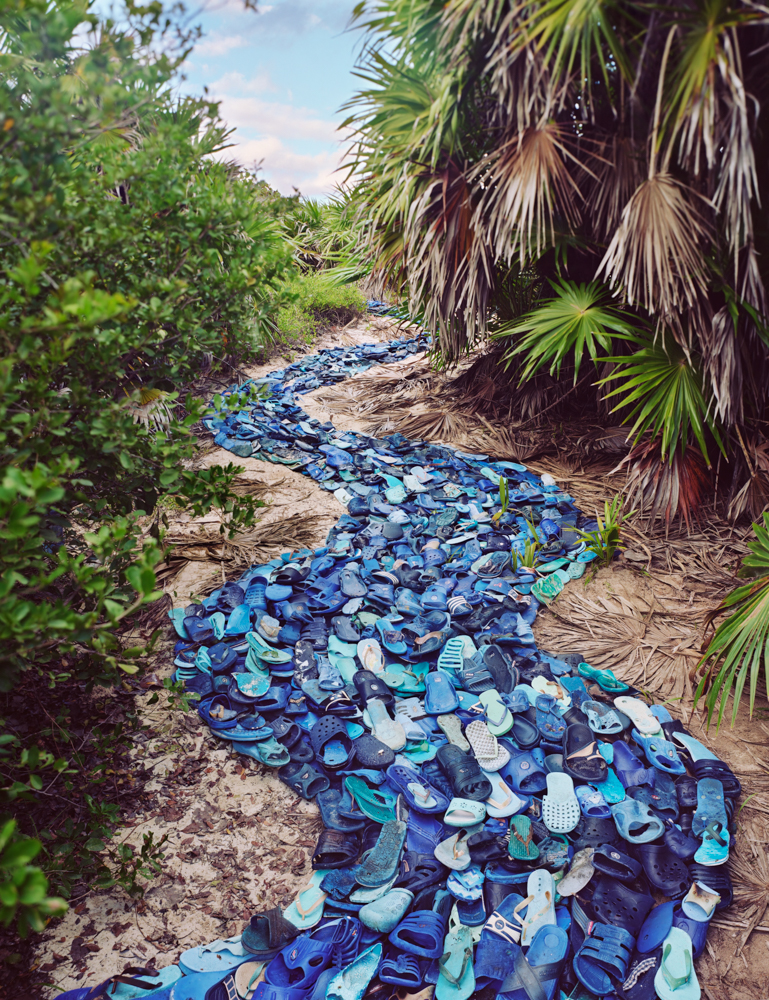
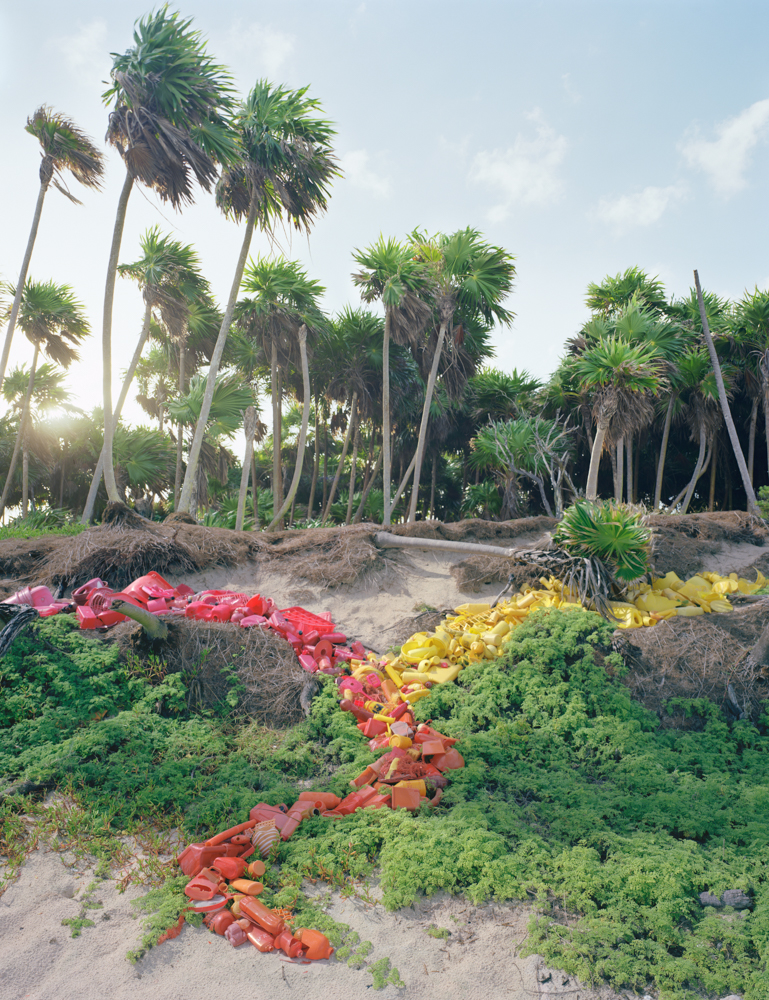
© Alejandro Durán
We are just beginning to comprehend the impact of these insidious plastics on our bodies and natural environments. As scientific exploration deepens, I aspire to engage in a more profound artistic exploration of the issue. The intersection of art and science is an area that I’m eager to explore further.
To be honest, I also look forward to moving on from working with these toxic substances and working with organic materials to tell a different story. Stay tuned!
Interview by Fabio Pariante, X • Instagram • Website


